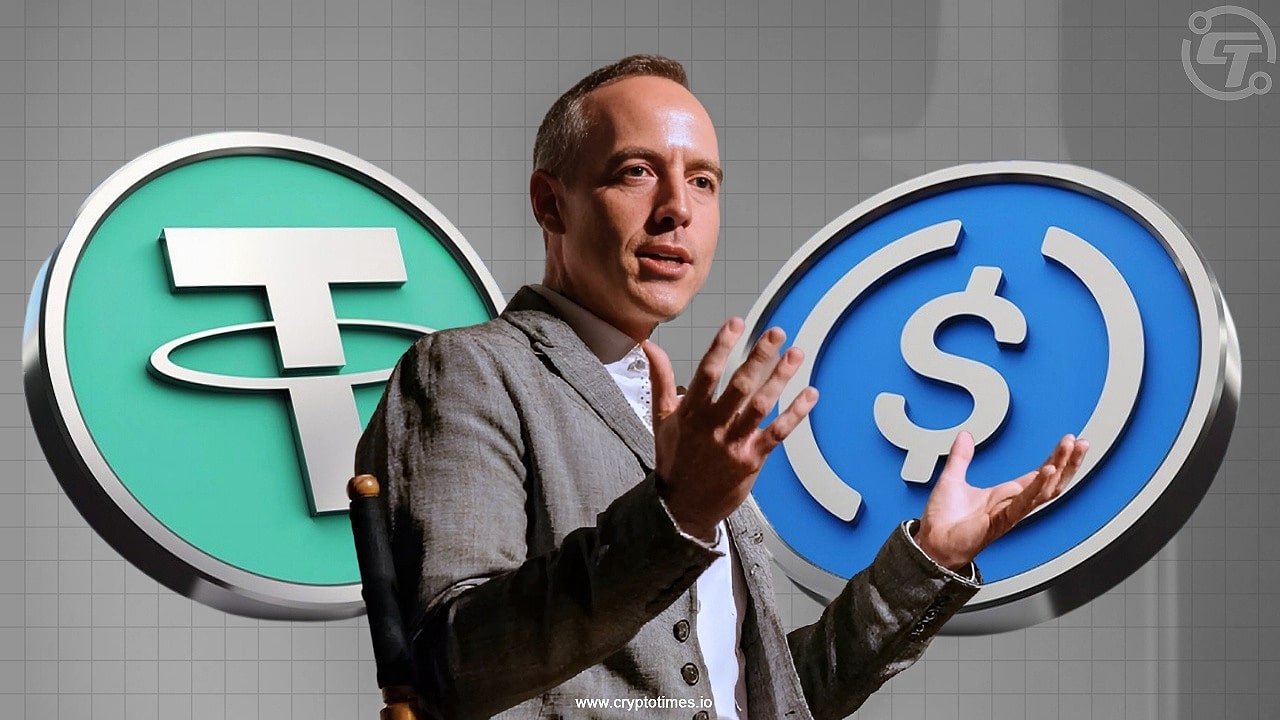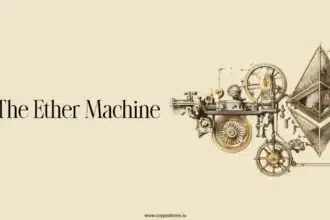Tether Co-Founder Reeve Collins has said that the future of money is going to be digital. Speaking at Token2049 in Singapore, he predicted that by 2030, major currencies like the dollar, euro, and yen will exist as stablecoins on blockchains.
He believes stablecoins will become the main way people transfer money within the next five years. This is because tokenized assets are far more efficient and valuable than what traditional finance offers today.
He pointed out that the U.S. government’s more welcoming stance on crypto in 2025 has motivated major banks to enter the space, looking to launch their own stablecoins for smoother and more profitable transactions. Collins believes that nearly every big institution and bank wants to create its own stablecoin because it’s both profitable and a more efficient way to move money.
Collins said tokenized assets, which are digital versions of assets on a blockchain, are more transparent and efficient because they can be sent worldwide without middlemen. He stated that tokenized assets, being digital and on blockchain, can yield higher returns due to their efficiency, which is why tokenization is gaining popularity.
Inevitable shift to stablecoins
Amid these comments, Collins did warn that moving all finance to blockchain has risks, like weaknesses in blockchain connections, smart contracts, and crypto wallets. Hacks and scams are also additional concerns, though security is getting better.
Collins noted a trade-off: users can fully control their assets, which is complex, or use custodial services like banks for simpler management.
Collins believes that custodial and blockchain services will improve, giving users more choices. He said moving to blockchain-based finance is unavoidable because tokenized assets work better, and traditional finance is now embracing crypto innovation.
These predictions also follow other updates in the stablecoin sector. On October 3, 2025, crypto analyst Patrick Scott stated in an X post that the total market capitalization of stablecoins is projected to reach $300 billion within the next 24 hours.
Analysts also note that most stablecoins are backed by U.S. Treasuries, serving primarily outside the U.S. as an emerging channel for dollar distribution. This dynamic is creating hundreds of billions in additional demand for T-Bills, extending stablecoins’ influence beyond cryptocurrency into global finance.
Collins on his New Project STBL
Further, in a recent interview with Coinotag, Collins also outlined STBL as the next phase of stablecoins, building on Tether’s initial proof-of-concept for blockchain-based dollar transfers. STBL is a new stablecoin system by Reeve Collins that uses USST for payments, YLD for yield, and $STBL for governance, aiming for transparency and community value.
He described USST as a universal stablecoin with on-chain reserves and community-driven decisions on collateral and incentives. The model separates payments from yield to maintain liquidity while distributing income to participants. Roadmap elements include multi-factor staking, tokenized real-world asset integration, and multi-chain USST issuance, positioning it as Web3’s economic base.
Also Read: Tether Could Outprofit Saudi Aramco in Profitability: Bitwise CIO











